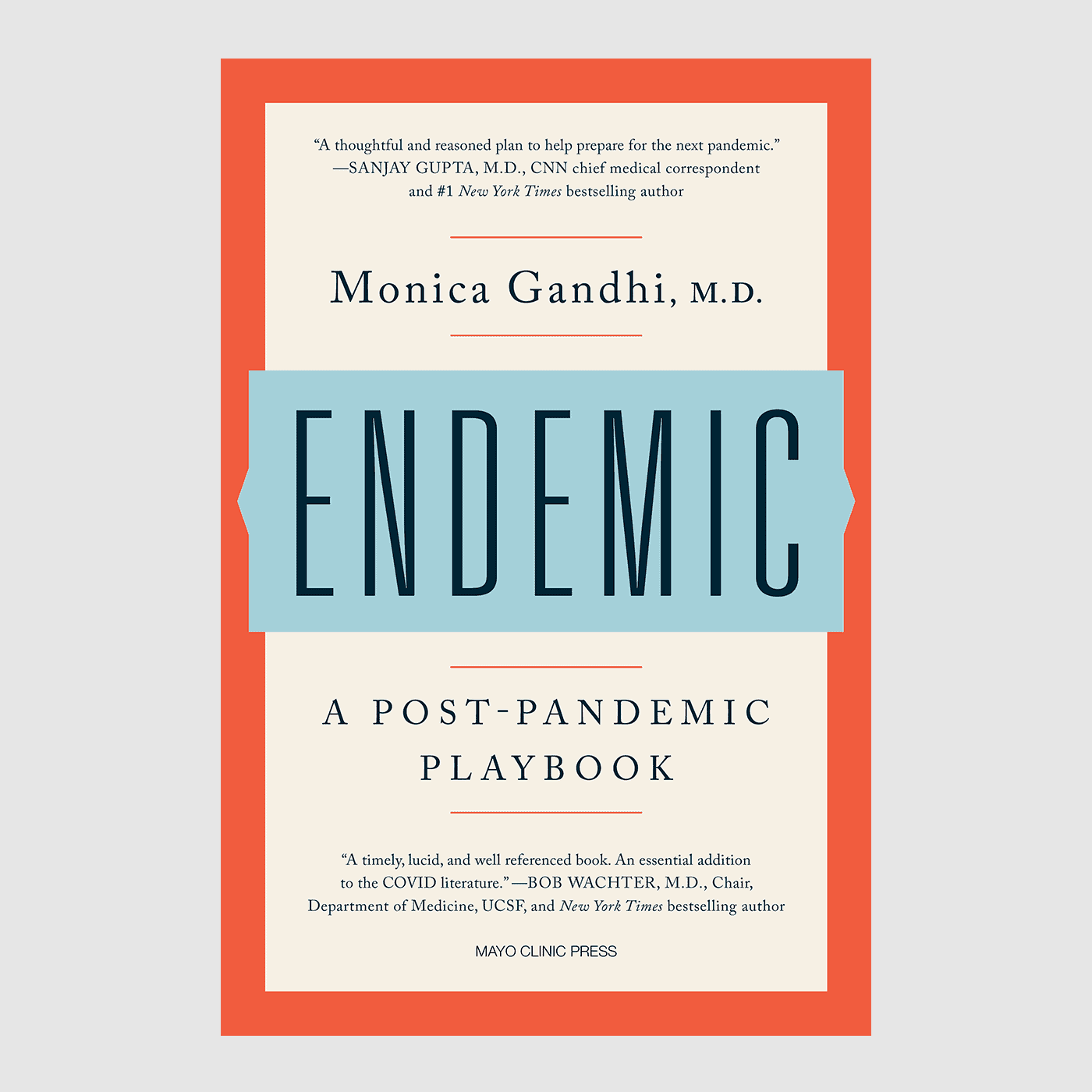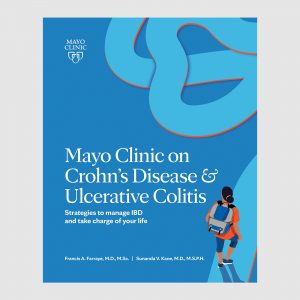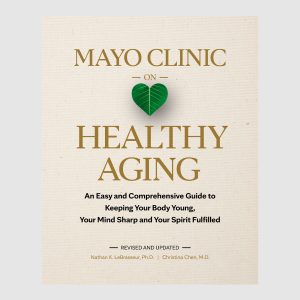It’s that time of year again, when everyone around you is sick. You wonder how you can keep yourself sniffle-free. As you consider ways to stay healthy, you might be hesitant to get a flu shot, especially if you’re a person of color. When it comes to institutional healthcare, trust may be hard to come by as a member of a marginalized community. Historical medicalized harm has been passed down generationally through stories.
While cultural beliefs can be identity affirming and preserve family history, it’s important that the narratives that are passed down don’t impede necessary healthcare access. Even though infections with the influenza (flu) virus are not often fatal, they can be serious, and finding ways to be well informed about your flu vaccination options can save you from severe symptoms or even a costly hospitalization.
On Mayo Clinic’s Rise for Equity podcast, Mayo Clinic pediatrician Nusheen Ameenuddin, M.D., M.P.H., discusses a study that found that white children were more likely than Black and Hispanic children to be prescribed antibiotics to treat a cold or flu. Antibiotics only work for bacterial infections and aren’t helpful for viral infections. However, that some children are being offered this option may mean that healthcare professionals are missing out on opportunities to connect with people of color about their needs. This is just one example of the bias or failure of communication between communities of color and healthcare professionals that research has found.
Research like this reinforces the apprehension many people of color already feel. In the age of misinformation and “fake news,” this apprehension can be further exacerbated. It’s understandable why people of color have a lack of trust when healthcare professionals recommend getting a flu vaccination. Still, it’s in your best interest to recognize misconceptions and find the best information possible before making healthcare decisions.
One of the most prevalent vaccine misconceptions in communities of color is that flu vaccines can give you the flu. “You feel a little yucky, a little bit achy, but that’s not the same as getting the flu,” Dr. Ameenuddin explains on the podcast. “That’s not the same as actually being sick with something.” The reason people might feel unwell following a vaccine is that the immune system is working by recognizing a tiny part of the virus and mounting a response, which trains the immune system to recognize the real virus when it encounters it in the future. And yet the misconception persists and has only been compounded by the swirl of information and misinformation around the introduction of COVID-19 vaccines.
If you need help deciphering something you’ve heard about vaccines, the U.S. Department of Health and Human Services has a list called 10 Ways To Separate Vaccine Fact from Fiction, which can help you make informed decisions for yourself and your family.
Only 42% of Black adults were vaccinated during the 2021-2022 flu season, according to the Centers for Disease Control and Prevention (CDC), compared with 54% of white adults. This despite the fact that the viruses in flu shots are inactive and therefore cannot cause infection. They can, however, cause low-grade fever, fatigue, nausea or headache. Again, these signs and symptoms indicate that your immune system has sprung into action and is learning what the flu virus will look like if you are infected in the future. These side effects are a preferable outcome to being hospitalized with an influenza infection that’s led to pneumonia or acute respiratory distress.
While receiving a vaccine doesn’t guarantee that you won’t get the flu, research has shown that it greatly reduces your chances of being hospitalized and dying. Hospitalization and fatal outcomes for flu and COVID-19 are most common in people who have preexisting conditions like diabetes, hypertension or asthma — all of which are more prevalent in communities of color.
The CDC reports that Black adults are 80% more likely to be hospitalized for the flu than are white adults. That report also shows that Native American adults are 30% more likely — and Hispanic adults 20% more likely — to become hospitalized with the flu than are white adults. As you seek ways to be and stay healthy, flu vaccination is one way you can protect yourself, your peers and your family.
If you’ve been convinced that getting a flu shot is worth it, here’s how to get one. The vaccines.gov website offers a free tool that can help you find a flu shot clinic near you. Note that websites ending in .gov provide reliable information from the federal government.
Another barrier to flu prevention can be cost, particularly if you do not have health insurance. If you attend a college or university — or are a member of a church — you can often receive a free or low-cost influenza vaccine through that affiliation. Urgent care and community centers also are resources that may offer free or low-cost flu shots.
Lack of access and misinformation can become barriers to the prevention of severe flu outcomes, but you can combat them by knowing your resources and learning to identify the most reliable information.

Relevant reading
Endemic
A manifesto and action plan for future pandemics.



















